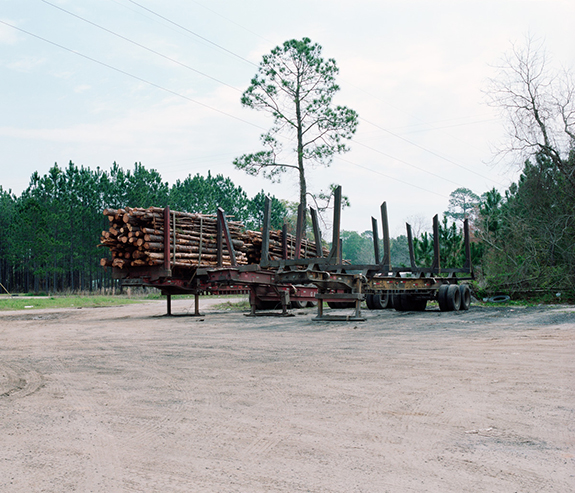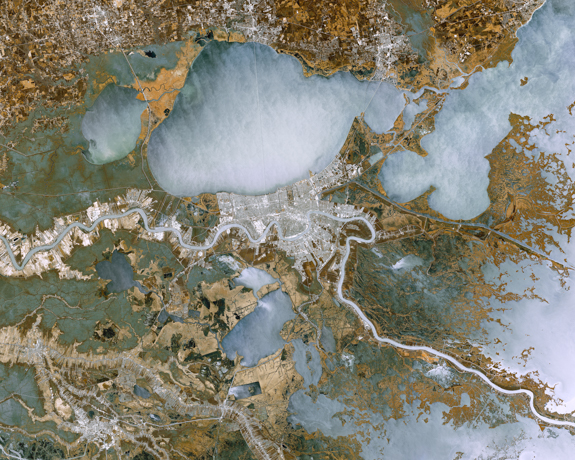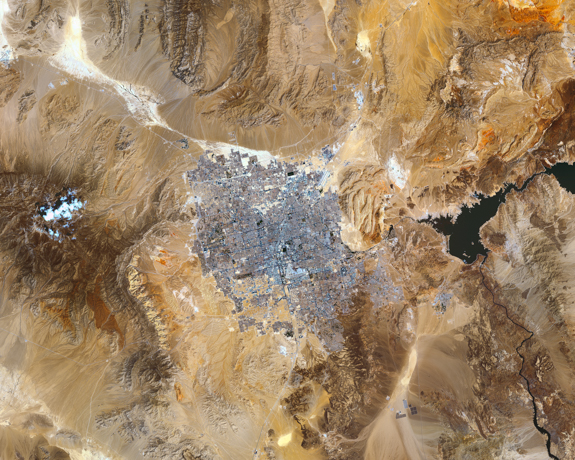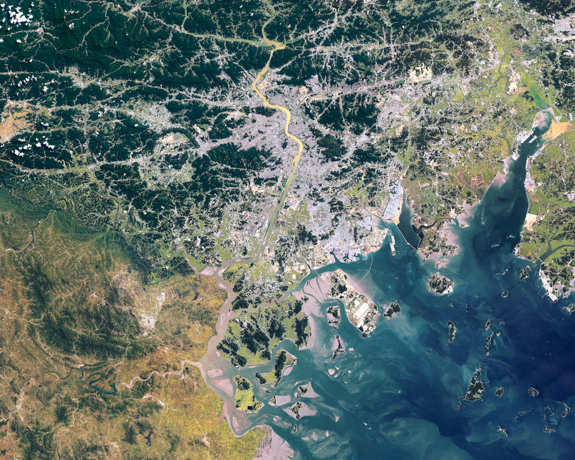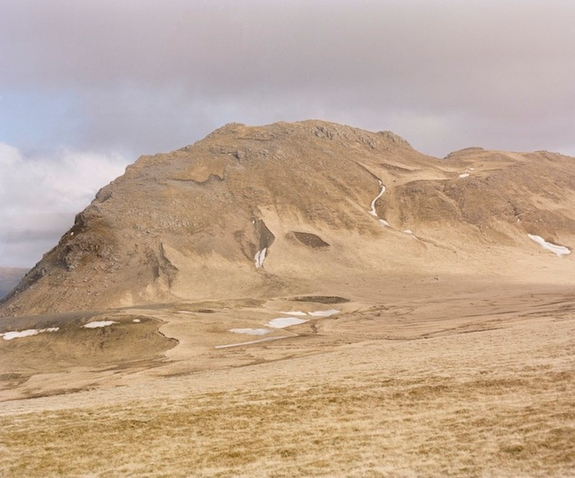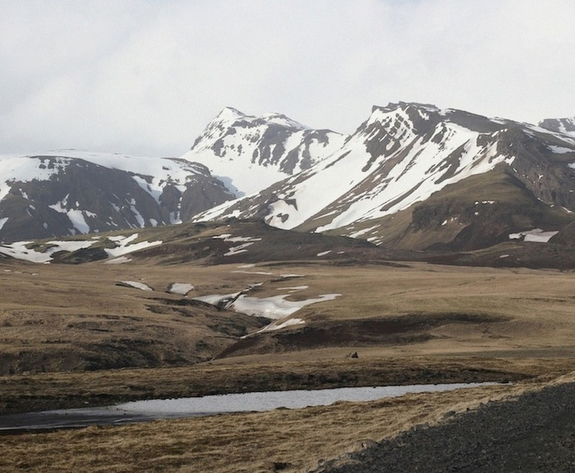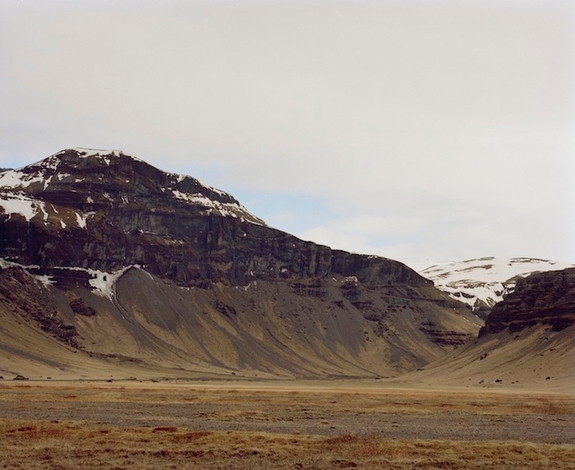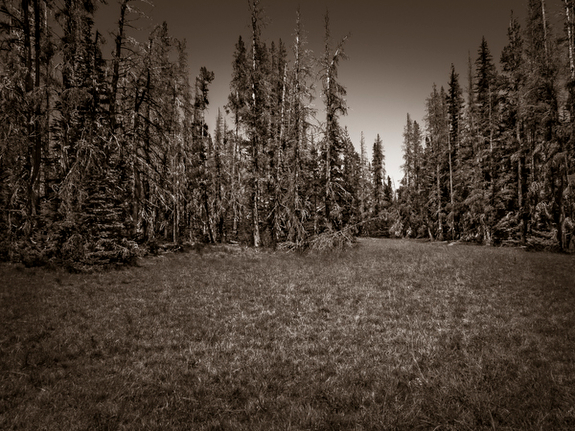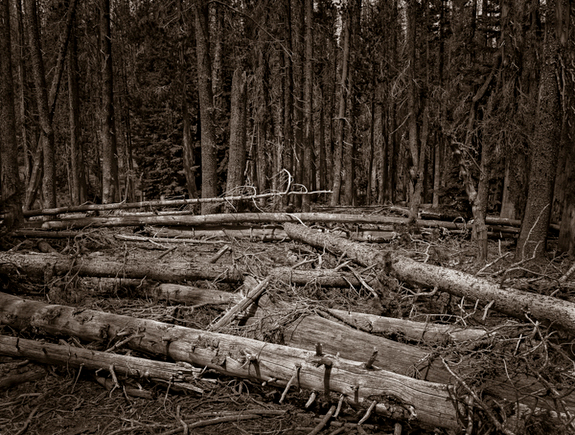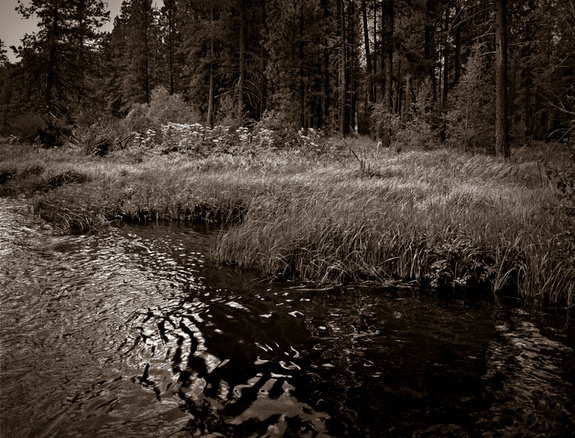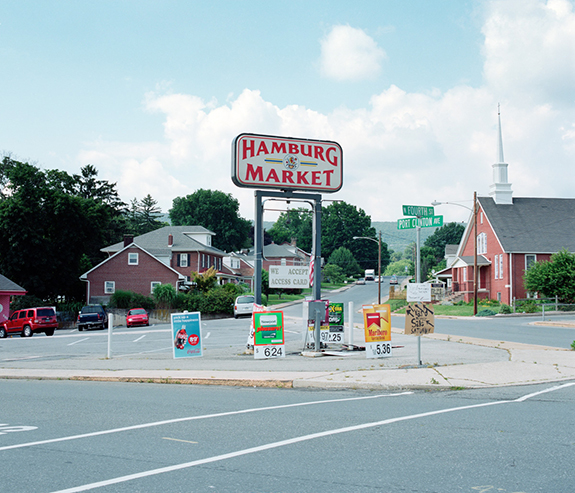
I use photography to document the ambiguity of preconceived ideas versus the expectation of the viewer. I am primarily interested in the construction of narrative, the autobiographical tendency of the medium and dualities.
Milan New Mexico is an ongoing series that explores the phenomenon of North American towns using borrowed names from other cities of the world. This project uses photography, research and mapping to explore the connection between these new cities as well as their relationship with preconceived notions concerning their esthetic, North American culture and biculturalism. As a Canadian-Italian, this body of work allows to interrogate my own sense of belonging and bicultural identity. These towns can be seen as a metaphor for the children of immigrants. There is a parallel between how we perceived these individuals and our expectations of these towns. Similarly this project examines how we expect and project certain cultural elements based on their provenance. How did these hundreds of towns appear all across North America? What connection can be drawn between these cities? How are expectations of specific cultures shaped? How does this play in a broader sense of stereotyping visual cultural identity? How do these images shape our understanding of North American spaces?
— Frederic Bigras-Burrogano, Banff, Alberta, Canada
